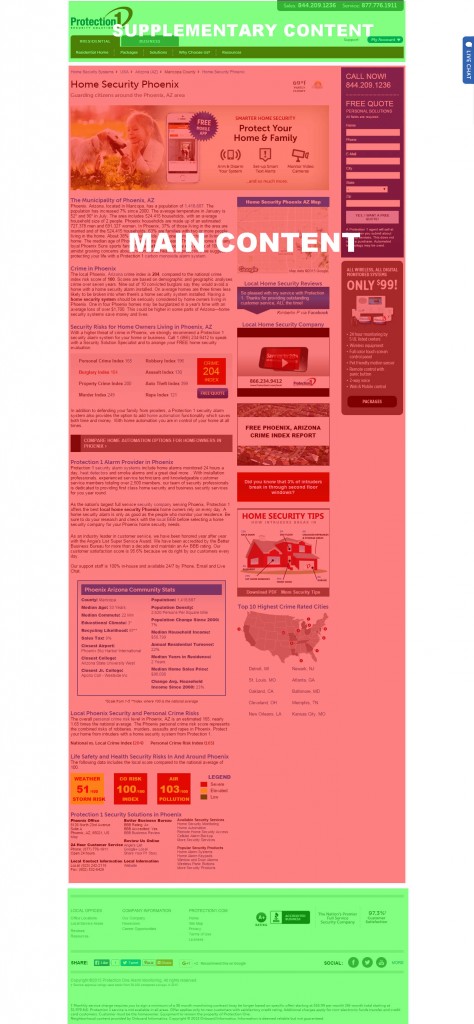You are viewing our site as a Broker, Switch Your View:
Agent | Broker Reset Filters to Default Back to ListA Look Inside Google’s Page Quality Rating
November 29 2015
 Google recently released the guidelines for manually reviewing a website to determine its page quality rating. This document provides an insight into the traits Google thinks is important for each website/webpage to demonstrate. You can review the entire document here. The actual page quality rating stored within Google's search index is computed systematically. However, Google uses these manual reviews as a reference point to make improvements to their algorithm.
Google recently released the guidelines for manually reviewing a website to determine its page quality rating. This document provides an insight into the traits Google thinks is important for each website/webpage to demonstrate. You can review the entire document here. The actual page quality rating stored within Google's search index is computed systematically. However, Google uses these manual reviews as a reference point to make improvements to their algorithm.
Here are the top 5 takeaways of Google's page quality rating guidelines:
1. Purpose – Each webpage should have a specific purpose. Websites and pages should be created to help users. The reviewer will rate the page on its purpose and how well it achieves that.
2. Content
- Main Content (MC) – Any part of the page that directly helps the page achieve its purpose. Webmasters directly create and/or control the main content of the page.
- Supplementary Content (SC) – Contributes to a good user experience on the page, but does not directly help the page achieve its purpose. Supplementary Content is created by webmasters and is an important part of the user experience.

3. User Experience – The website must be easy for the reviewer to understand how to use.
- Finding the homepage – Obvious and consistent navigation back to the homepage must be present on every interior page.
- Who is behind the webpage? – Every page belongs to a website, and it should be clear:
- Who (what individual, company, business, foundation, etc.) is responsible for the website.
- Who (what individual, company, business, foundation, etc.) created the content on the page you are evaluating.
- Upkeep – A website that is well cared for and maintained.
- Reputation – A website's reputation is based on the experience of real users, as well as the opinion of people who are experts in the topic of the website. Reviewers will use other third party sources online to determine if the website is reputable. In the case that the third party website differs from what is stated on the subject website, the reviewer will believe the third party website.
4. Your Money Your Life (YMYL) – Pages that could potentially impact the future happiness, health, or wealth of users will be held to a higher standard.
5. Expertise, Authoritativeness, Trustworthiness (EAT) – Pages rated as high quality pages must demonstrate EAT. That is demonstrate expertise, authority and trustworthiness on the subject of the page.
Examples of Onboard clients with high quality pages based on Google's page quality rating guidelines:
- Money Magazine's Best Places to Live – The purpose of this page is to inform consumers on the best places to live in America. A satisfying amount of very high quality main content for the purpose of the page. Very high level of expertise, highly authoritative/highly trustworthy for the purpose of the page.
- Better Homes and Gardens Real Estate – The purpose of this page is to educate a consumer on Plant High School in Tampa, FL. A satisfying or comprehensive amount of very high quality MC for the purpose of the page. Very positive reputation.
- Redfin – The purpose of this page is to educate the consumer on properties and the local geography characteristics of 89011 Lake Las Vegas, NV. Very high level of expertise, highly authoritative/highly trustworthy for the purpose of the page.
If you're interested in learning more about how local content, purpose, and interface can generate better search results for your brand, contact us today. We would be happy to show you examples of how people are using this intel to drive traffic and grow sales for their business.
To view the original article, visit the Onboard Informatics blog.









